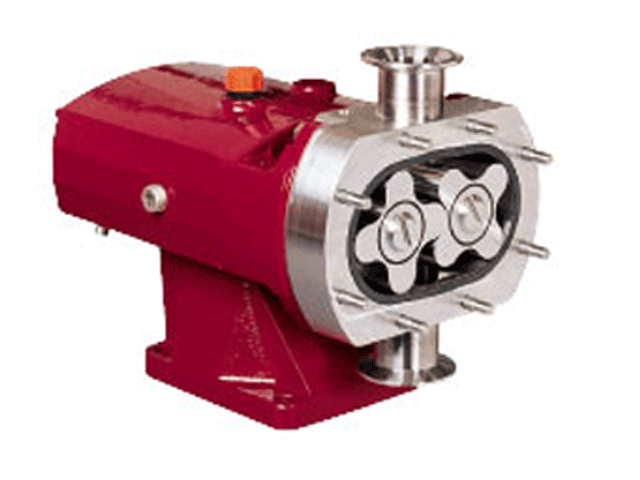SSP Rotary Lobe Pumps
What you want from a pump is really quite simple: that it should perform dependably to specification, year after year, with minimum maintenance. The right pump is the one you can virtually forget about once it’s installed. So it pays to choose carefully – especially as a pump’s operational importance is out of all proportion to the investment involved.
If you’re specifying rotary lobe pumps, that really means choosing the SSP brand. SSP is unique in combining 50 years of practical application experience with the financial, research and high-end manufacturing resources of a world class engineering organisation. However large or small your application, whatever you’re pumping and whatever the requirements and regulatory framework of your industry sector, the chances are we’ve been there before.
So we can give you the benefit of what we’ve already learned. So you always get the right pump, whether it’s an off the shelf product or a specifically engineered solution.

Principle of Operation
SSP ranges of Rotary Lobe pumps are of conventional design operating with no internal contacting parts in the pump head. The pumping principle is explained with reference to the diagram below, which shows the displacement of fluid from pump inlet to outlet. The rotors are driven by a gear train in the pump gearbox providing accurate synchronisation or timing of the rotors. The rotors contra-rotate within the pump head carrying fluid through the pump, in the cavities formed between the dwell of the rotor and the interior of the rotorcase. In hydraulic terms, the motion of the counter rotating rotors creates a partial vacuum that allows atmospheric pressure or other external pressures to force fluid into the pump chamber. As the rotors rotate an expanding cavity is formed which is filled with fluid. As the rotors separate, each dwell forms a cavity. The meshing of the rotor causes a diminishing cavity with the fluid being displaced into the outlet port.





